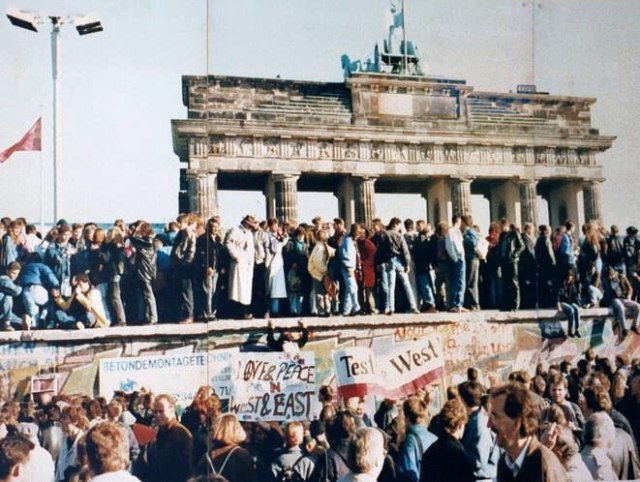
Today marks the 30th anniversary of the fall of the Berlin Wall. For the aptly named website Over de Muur (‘Over/Concerning the Wall’), I wrote a piece on the wall that still divides Europe today: the mental wall between East and West. I argue that ‘Eastern’ and ‘Western Europe’ are merely concepts or frames, which do not reflect a geographic reality. Rather, they serve as catch-alls of various images and stereotypes, which hardly do justice to the complex relations between East and West, or to the differences within East and West themselves.
In addition, I explain how the divide is kept alive by western historians, for whom ‘European history’ often means ‘Western European history’. Countries like Hungary, Poland and Ukraine are regularly overlooked by western scholarship, partly because historians seldom know the languages required. Instead, they often make use of publications written in for example English or German, which tend to neglect the East and/or give an unflattering view of Eastern European history.
I state that historians can overcome these difficulties by being aware of the fact that ‘Eastern’ and ‘Western Europe’ are frames, which are furthermore anachronistic when discussing the period before the Enlightenment, as that is when these concepts first came into use. In addition, scholars can visit eastern conferences, or invite speakers from Eastern Europe. But most importantly, they can try to incorporate the lands east of Germany into their research and their classes. This will help to gain a better understanding of Europe’s history as a whole, and thus to tear down the mental wall dividing the continent.
The piece was also posted on Radboud Recharge, in both Dutch and English.